Heinkel He 111 (WNr. 1577 - possible code 1G+GT)
La Mézière - "Glérois"
(contributors : Daniel Dahiot, Claude Archambault, Vincent Sévellec, Guy Castel, Pierre Mahé)
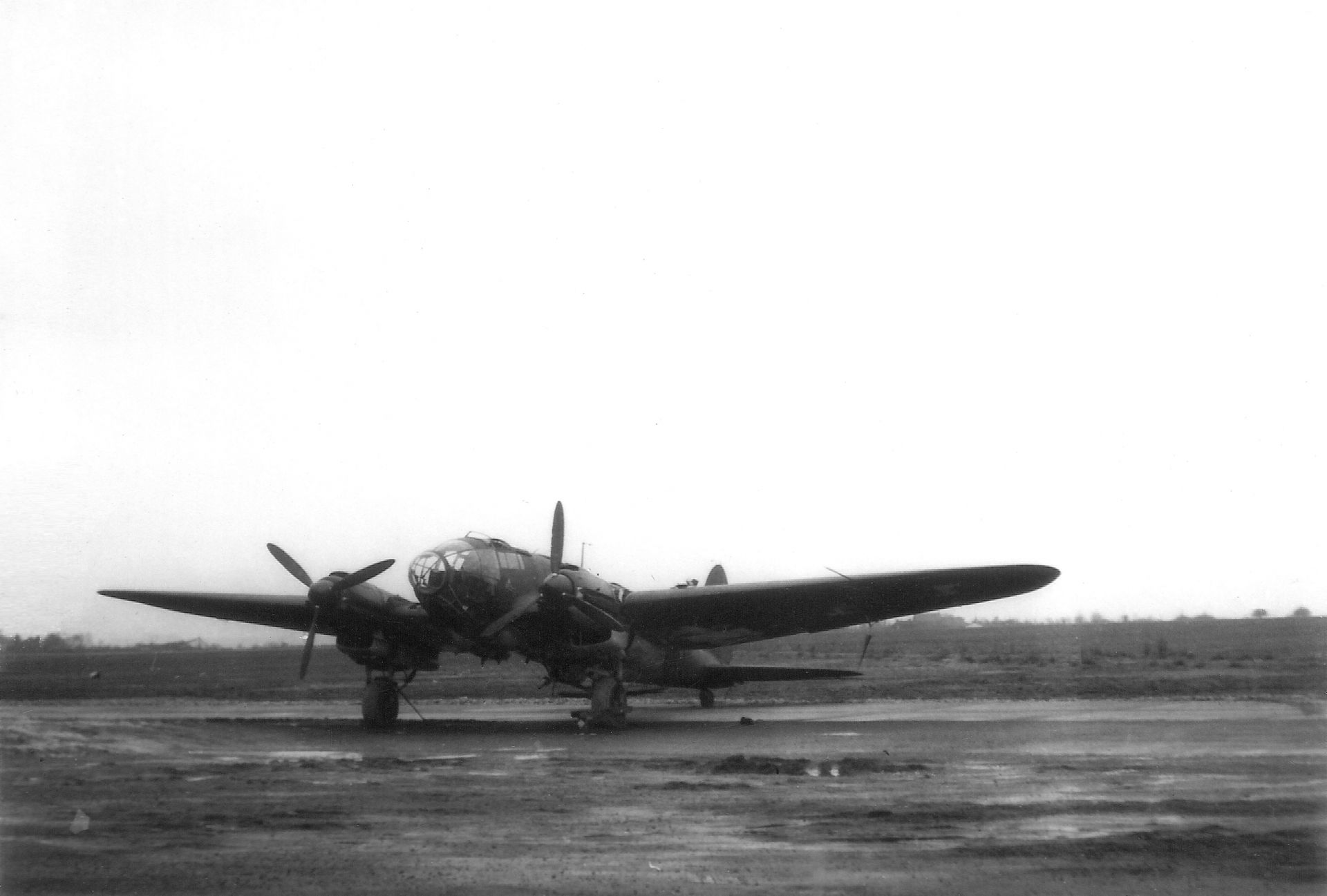
Heinkel He 111.
Photo © collection Benoît Paquet - ABSA 39-45
Crew (9./KG 27)
- (FF*) Oberleutnant Hans STÖßEL, born 19/01/1916 in Offenbach.
Gruft 9 Grab 35, Mont-de-Huisnes (France).
- (BO*) Unteroffizier Ernest-Albin URBICH, born 03/08/1914 in Kirchheim
Gruft 9 Grab 78, Mont-de-Huisnes (France).
- (BF*) Unteroffizier John Konrad (Jonny) MÜLLER, born 20/03/1911 in London.
Gruft 9 Grab 46, Mont-de-Huisnes (France).
- (BM*) UnteroffizierSiegfried WIECHERS, born 30.10.1915 in Vethen.
Gruft 9 Grab 79, Mont-de-Huisnes (France).
* FF : Flugzeugführer (Pilot) - BO ou B = Beobachter (Observer) - BF = Bordfunker (Wireless operator) - BM = Bordmechaniker (Engineer) - BS = Bordschütze (Gunner)
THE STORY
A Heinkel He 111 crashed after taking off from Rennes - Saint-Jacques at "Lot du Glérois", in La Mézière, 500 m from the Rennes - Saint-Malo road. We do not know much about the circumstances of the crash but we have a few photos exceptionally sent by Walter Waiss, author of the series of five books on the KG 27 ("Boelcke Archiv Band I to V, Chronik KG 27 Boelcke") . These photos are prohibited for reproduction.
Below these photos, testimonies from Breton civilians relating to this crash
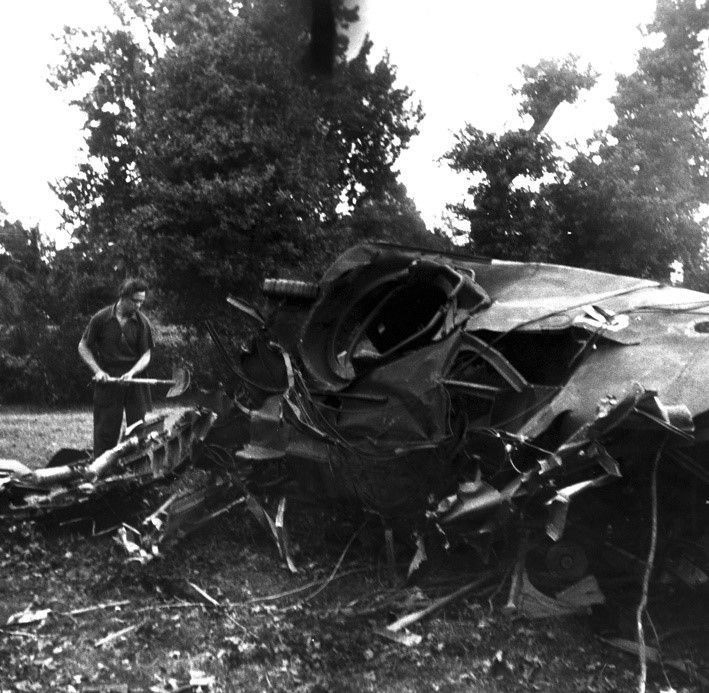
Joseph Delabarre, from Biardel, near the wreck of the German aircraft, September 1, 1940.
Photo © collection Walter Waiss - Reproduction prohibited
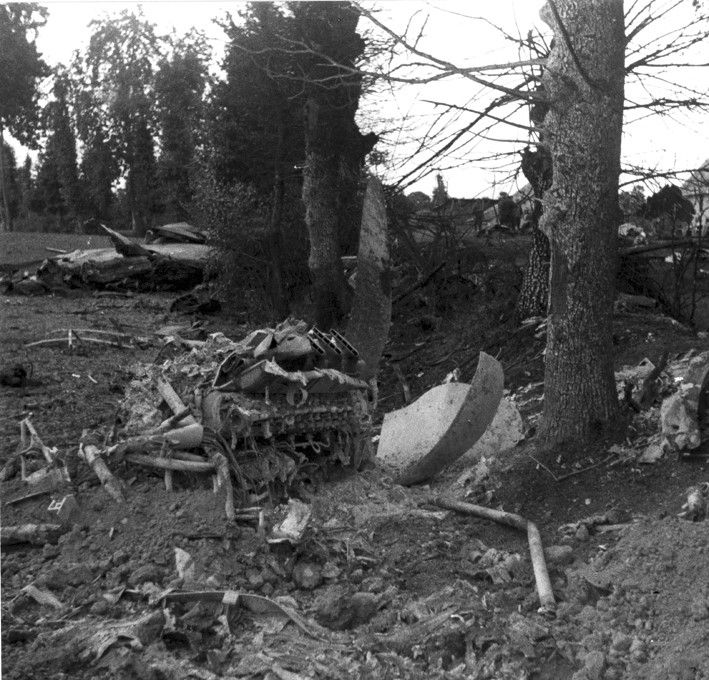
The scattered remains of the Heinkel He 111 which fell on September 1, 1940, at La Mézière.
Photo © collection Walter Waiss - Reproduction prohibited
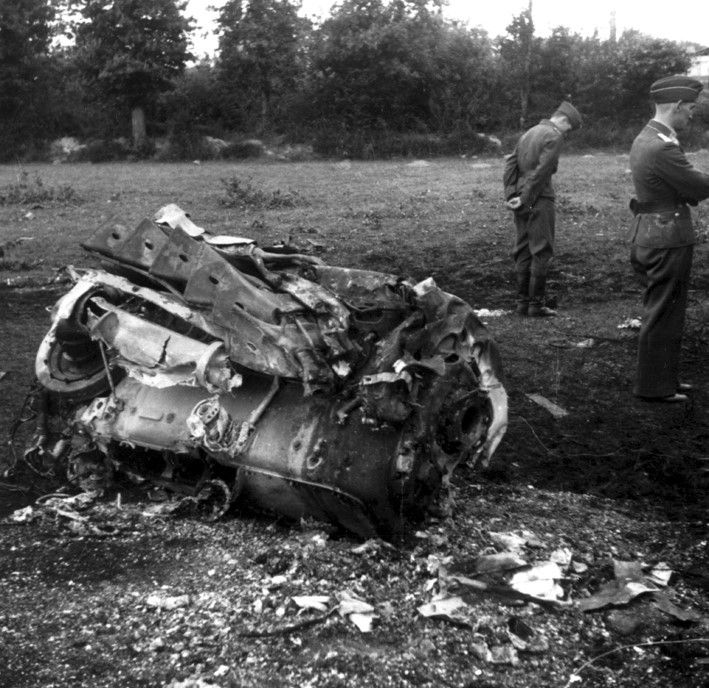
An engine of the Heinkel He 111 after the crash.
Photo © collection Walter Waiss - Reproduction prohibited
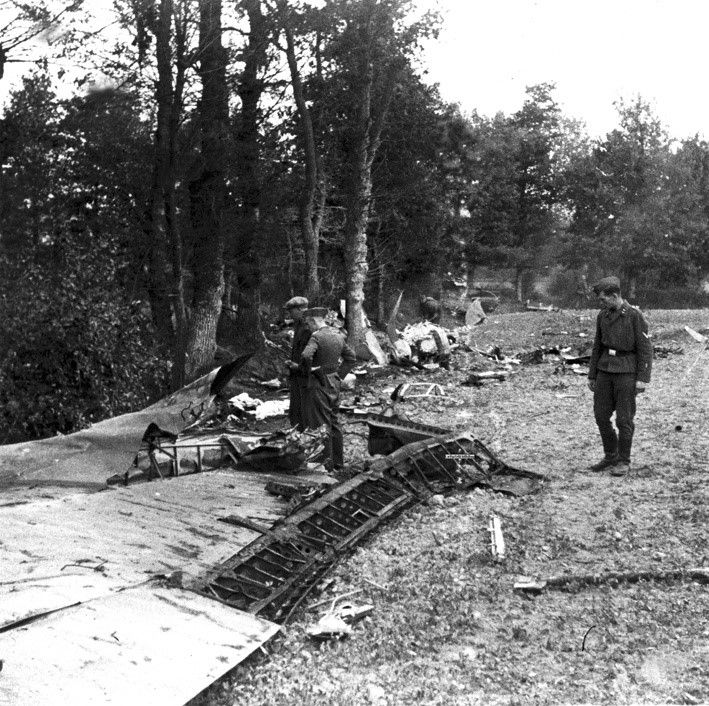
Inspection of the Heinkel He 111 debris by German soldiers in the presence of J. Delabarre.
Photo © collection Walter Waiss - Reproduction prohibited
TESTIMONIES
An extract from the book written by Guy Castel and Pierre Mahé (in french only) “Résistance et aviateurs américains, Nord de l’Ille-et-Vilaine 1944” reveals the following information :
[...] The Germans were in Saint-Jacques. The airfield was occupied on June 22 (1940) by Messerschmitt Bf 109 E of JG 53 “Pik As”. On August 2, 1940, the Heinkel He 111s of the third group of KG 27 “Boelcke” joined them. The French building development and construction work continued, as well as the hangars started. The Messerschmitt Bf 109s remained for a short time and left the He 111 bombers in mid-September. A bit more than ten aircrafts were in Saint-Jacques airfield since August 2 (in fact there must have been more than 20). Mr. Jobbé Duval observed that on the days of raids on England, other Heinkels came to Rennes to join those who were there. Which allowed him to inform London each time. On August 8, 1940, the attack on England by German aircrafts began, “the Blitz”. On March 22, 1941, the 3rd group of KG 27 Boelcke left Saint-Jacques for Orléans-Bricy.
A german aircraft shot down in Biardel.
Based in Saint-Jacques-de-la-Lande since August, the Heinkel He 111 WNr. 1577 (code 1G+GT) takes off and flies over the north of Rennes. The aircraft was part of 9./KG 27 (III. Gruppe), commanded by Major Manfred Speck von Sternberg. The crash of an aircraft in Biardel has only left traces in popular memory. The daily newspaper Ouest-Éclair, which reappeared on July 4, 1940, was subject to censorship.
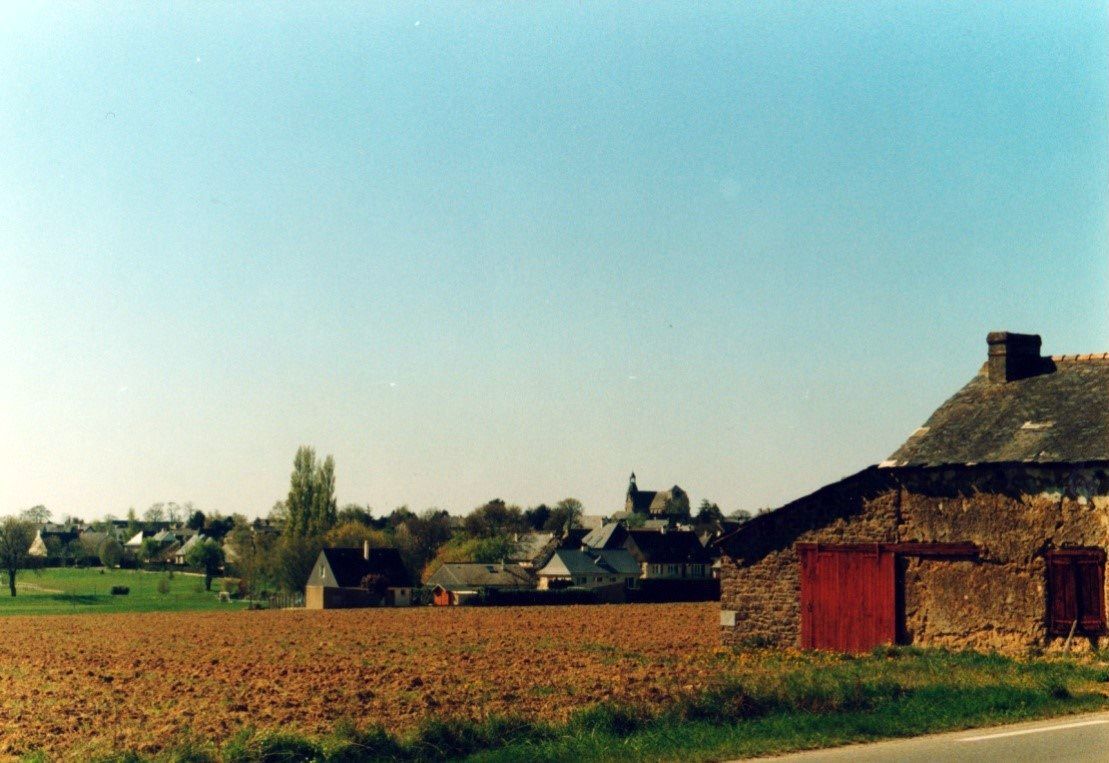
The "aircraft field" in 2004 with the church in the background. Today, this place is the "lot de Glérois".
Photo collection Guy Castel.
On this summer evening, at nightfall (around 8 p.m.), Pierre Biet, living on his small farm in the village, "route de Gévezé", clearly saw the aircraft flying over the north of the village "before it made a curve » and Roger Delabarre, from Biardel, remembers “that he was probably hit by an Allied fighter above Tinténiac”. The plane, which mission was to bomb England, avoided the town center, thanks to the dexterity of the pilot who did everything to avoid it, before crashing in Biardel (site of the current college). It thus avoided heavier human losses at the end of summer, and crashed, on fire, near the Morin and Desevedavy farm, in Biardel, where the young girls Marie (wife Lebreton) and Emilie (wife Trotoux) testified : “the aircraft fell the day before the funeral of Louis Daumoin from Montgerval, accidentally killed by a German car. He was coming back from Father Simon’s to make his delivery of mended canvas bags. The poor man lived simply and was paid 5 cents for the mended bag.” The poor man said “I was too young to have been incorporated into the war of 1870 and too old to have participated in the 1st world war, so I escaped the fronts”.
All this to finish crushed by an enemy vehicle in 1940 ! He lived in Montgerval in Bourdonnais, born in Pacé on April 28, 1862, son of François Julien and Julienne Gourdet ; died in La Mézière on August 30, 1940. The funeral took place on Monday September 2 in the morning, in the presence of a modest audience including our two Macerians Emilie and Marie. The horse-drawn hearse, led by Fourel, the grain merchant, from the Gévezé road, near Biet's house, passed near the field called now "the field of the aircraft" as testified by Gérard Bazin . The two young girls were able to see the remains of the aircraft, partly charred at the bottom of the wheat plot, also burned, called the Grande Longueraie. A young apple tree was cut off at the bottom of the field and a wing of the aircraft was found in a plot belonging to the Lorand family (current football field of honor) and the wheels in a beet plot known as Chantillard , not far from the main road (RN137). “Everything was burned and shattered.”
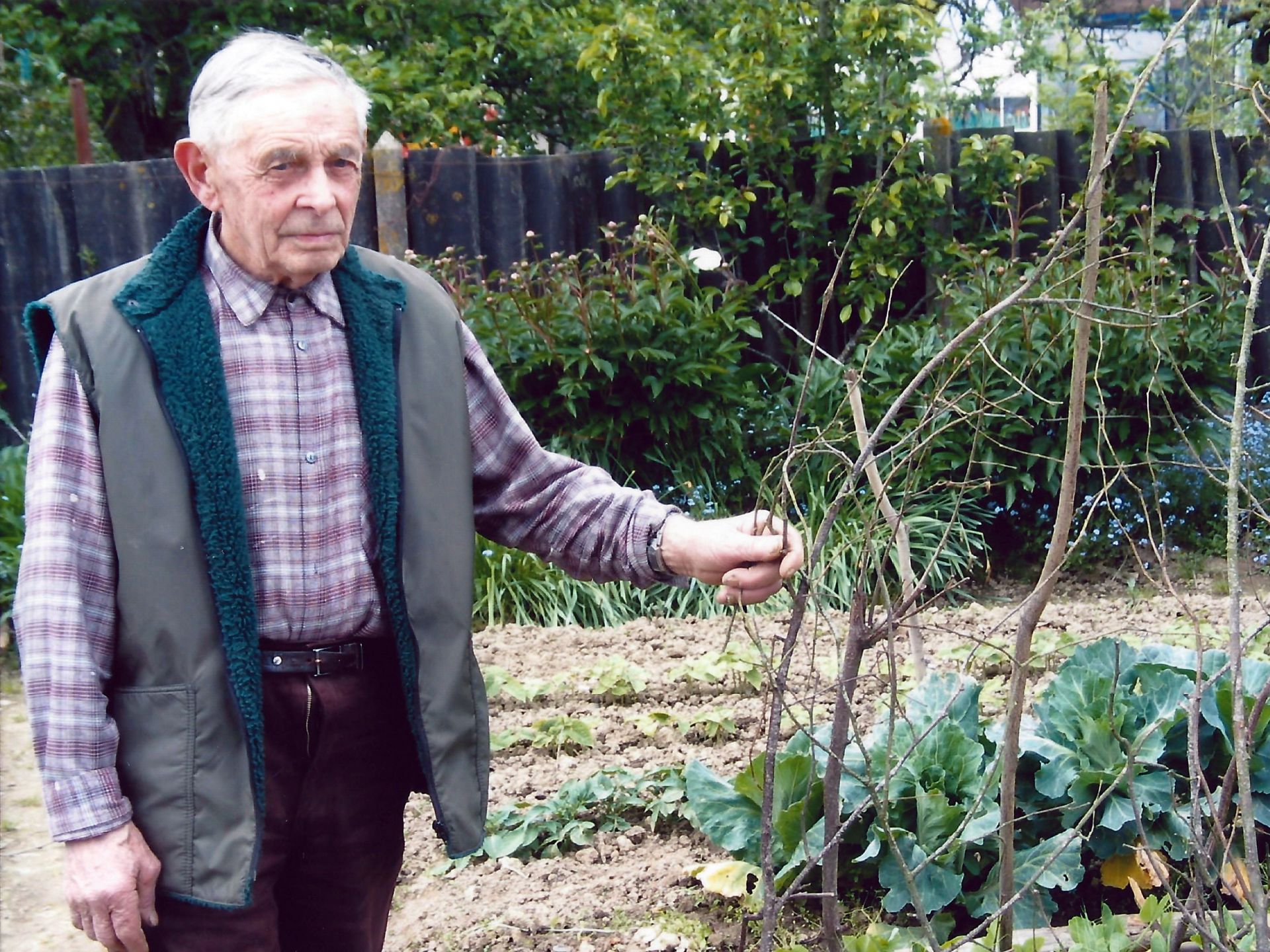
Pierre Biet was in his garden in 2001, as when he saw the German aircraft beginning a curve.
Photo collection Guy Castel.
Returning from the funeral around noon on Monday, September 2, Marie Lebreton's mother told her daughter about the events of the morning. Two Germans arrived at the Biardel farm to ask for an omelette. The farmer complied. A third German who arrived later did nothing but cry. He approached the fireplace and showed Mother Lebreton a piece of black coal and pointed with his finger “as comrades of mine”. In the afternoon, the young Marie wanted to visit the place. She was questioned, like her father the same morning, while going to the battery at Father Huchet's house in La Motte (Gévezé road) in these words by the Germans usually stationed in Gévezé and Melesse, "Kommandantur, take the road." Two memories still marked the young girl. The first one was fun; she had noticed a young man, a guy from Les Loges (castle), Ernault de Moulins, aged around ten, who came with his bike and his trailer to collect scrap metal debris (he admitted to me later, in the years 2000, having used a piece of the cabin as a ledge for a beehive in the castle grounds). The second, more dramatic, dates back to the days following the aircraft crash. While almost all of the remains from the aircraft had been removed within 72 hours, propaganda obliges, (we were along a National Highway !). The young Marie discovers “on an embankment in José Lorand, I can still tell the location, a German foot in his boot. What would you have done yourself ? I didn't do anything, I couldn't do anything, but I cried a lot ? What hurt my heart the most was to think that the person killed was German, it could have been my husband. Married since 1938, my husband was also at war and prisoner at that time. He could have been in his place. When the Germans were all there, it didn't do the same to me! ".
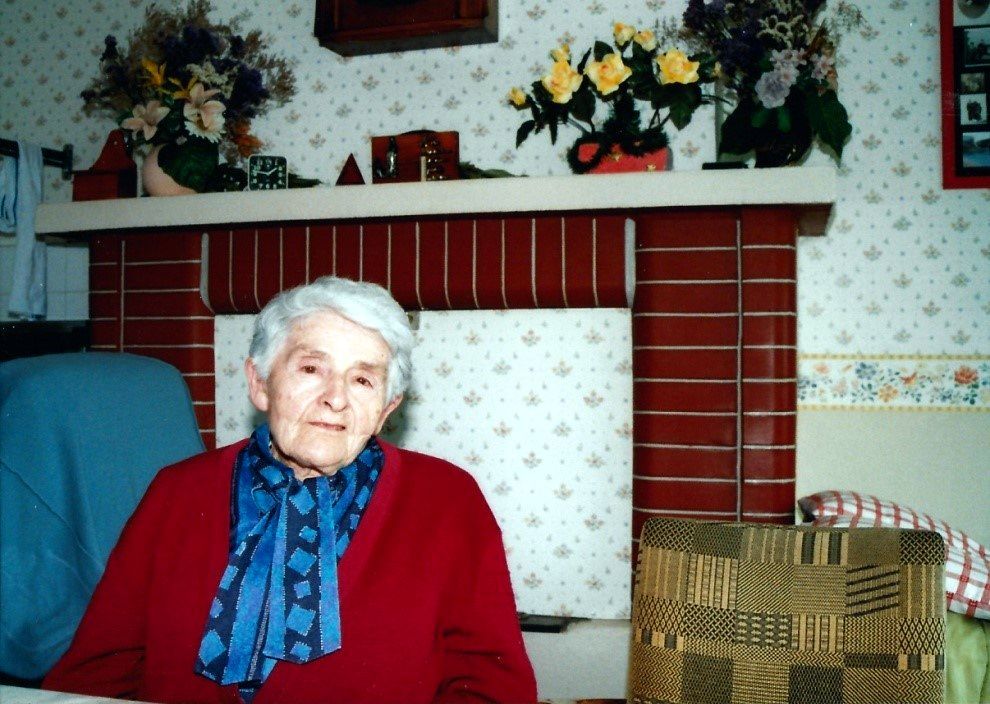
In the early 2000s, Marie Lebreton at home in Biardel.
Photo collection Guy Castel.
The date is confirmed by the burial registers of German soldiers dated September 1, 1940. The two Macerians Marie Lebreton, nee Morin, and Emilie Trotoux, nee Desevedavy, clearly remembered seeing four to five wooden coffins on Monday September 2, stored in vehicles towards Rennes. The Germans had requisitioned, for the occasion, workers working on the N137 national road, “They laid the telephone wires underground”. Jacky Glaise's research allowed us to learn that the four bodies of the German aviators, after having been buried in Rennes, were buried at the military ossuary of Mont de Huisne (Huisne-sur-Mer, in Normandy), 10 km northeast of Pontorson, in the bay of Mont-Saint-Michel. [...]
[...] At Mont de Huisne, regarding Ille-et-Vilaine, the list includes 1,405 names, and among them 250 who died before August 4, 1944. [...]
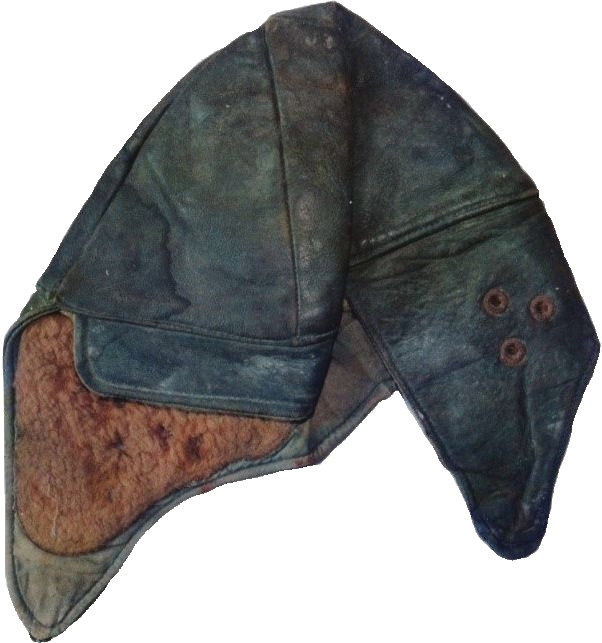
Helmet of one of the German airmen kept by the family of Raymond and Marie-Rose Léone who lived on 'rue de la Flume'.
Photo collection Guy Castel.
[...] In May 2007, Guy Castel met Jean Hardy, Emilie Trotoux and Marie Lebreton who, all unanimously, identified Joseph Delabarre, born in 1903, and operating the neighboring farm of Biardel, a ten-hectare farm with nine cows and a horse. They said: “He is easy to recognize, he always wore his cap crooked.” His son Roger confirmed: “he looks like my father with his cap crooked ».
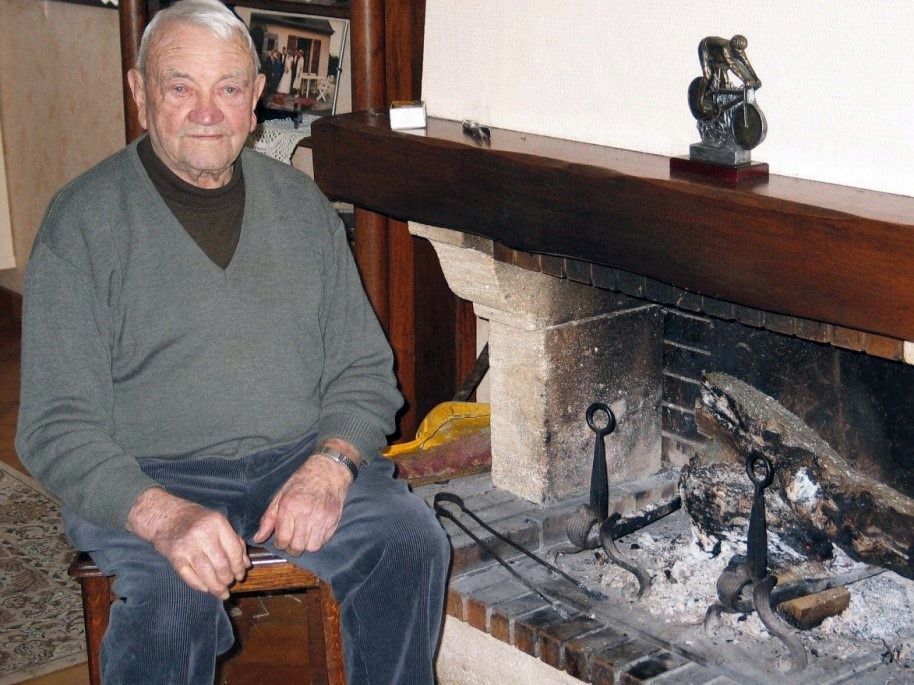
At the beginning of the 2000s, Jean Hardy, at home in Vollerie.
Photo collection Guy Castel.
This aircraft, shot down by an English fighter (or victim of an engine failure), is one of the first German aircrafts to fall in Ille-et-Vilaine since the start of the Occupation in 1940. The occupants cleared very rapidly the field known as “the field of the aircraft”. It is located on the edge of the busy road RN 137 Rennes-Saint-Malo ! Marie Lebreton confided : “ the Germans had requisitioned, for the occasion, workers working on the national road, who were laying telephone wires underground”. [...]
APPENDICES
♦ Death certificates of the 4 crew members
- Hans Stößel : lieutenant, pilot, born January 19, 1916 in Offenbach, military identity plate number : 62694-110. Buried first in the Eastern Cemetery in row no. 6, grave no. 1, 2-E 6/1552; Current burial site at the Mont de Huisne German Cemetery, vault no. 9, mortuary room no. 35.
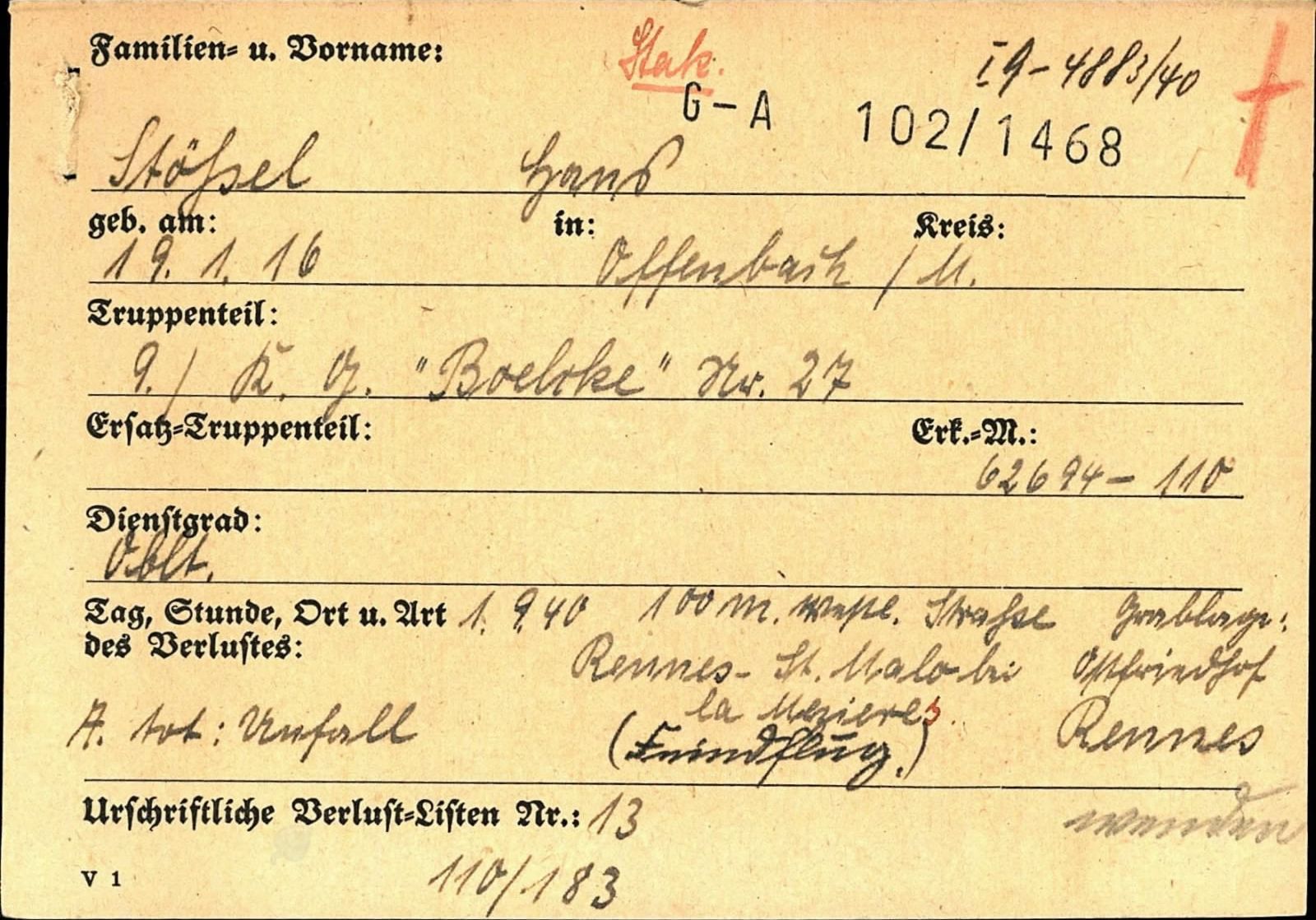
Death certificate of Hans Stößel (n°G-A 102/1468).
Source document Fold3 "Germany, Military Killed in Action 1939-1948" - origine Bundearchiv
- John Konrad (Jonny) Müller : non-commissioned officer, wireless operator, born March 20, 1911 in London, military identity plate number : 62694-29. Buried first in the Eastern Cemetery in row no. 7, grave no. 2, 2-E 5/1557, current burial site at Mont de Huisne, vault no. 9, mortuary chamber no. 46.
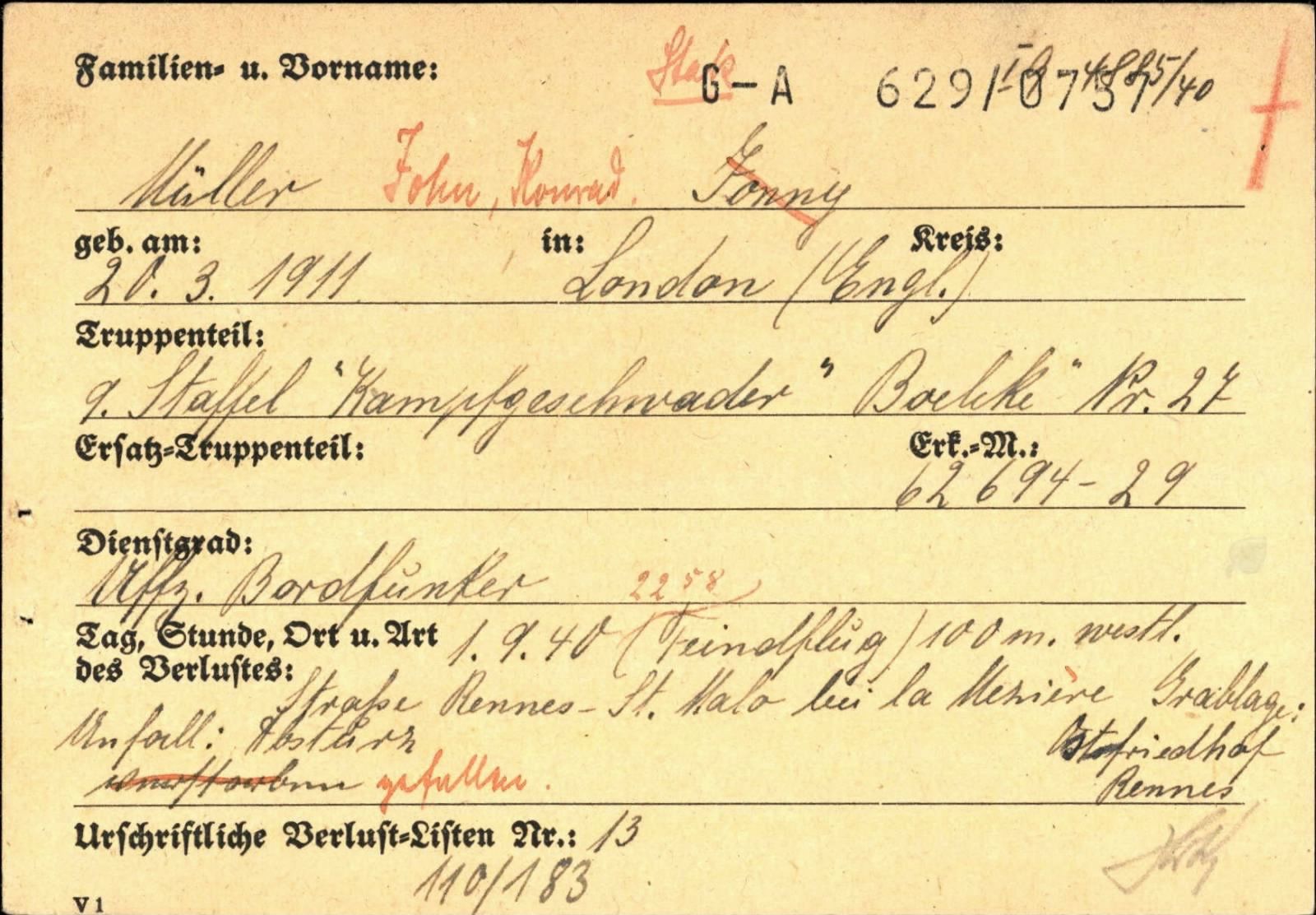
Death certificate of John Konrad (Jonny) Müller (n°G-A 629/0757).
Source document Fold3 "Germany, Military Killed in Action 1939-1948" - origine Bundearchiv
- Ernst-Albin Urbich : non-commissioned officer, observer, born August 3, 1914 in Kirchheim, military identity plate number : 71105-35. Buried first in the Eastern Cemetery, row no. 6, grave no. 5, 2-E 6/1554, current burial site at Mont de Huisne, vault no. 9, mortuary chamber no. 78.
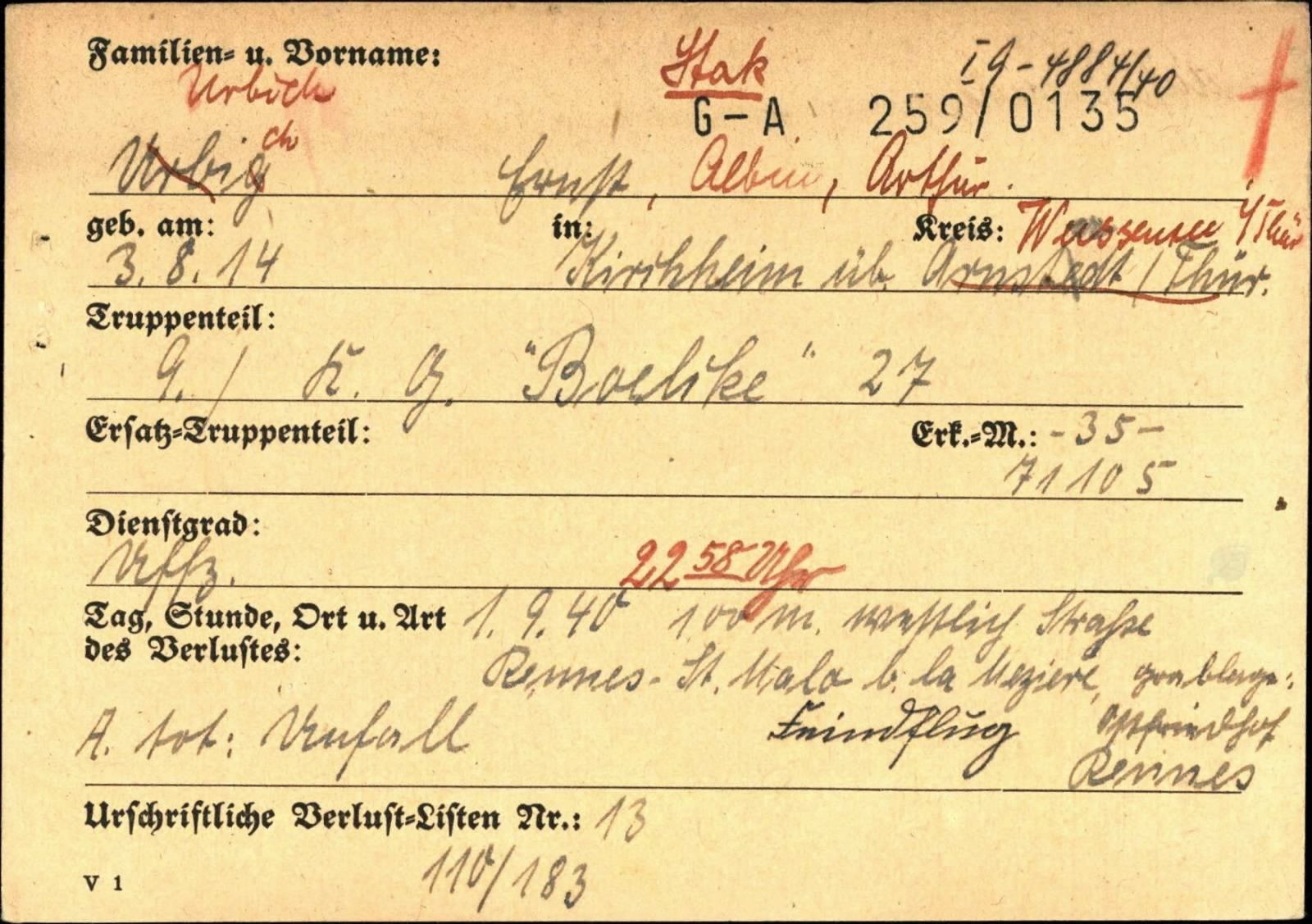
Death certificate of Ernst-Albin Urbich, identifié d’abord comme Ernst Urbig (n°G-A 259/0135).
Source document Fold3 "Germany, Military Killed in Action 1939-1948" - origine Bundearchiv
- Siegfried Wiechers : born October 30, 1915 in Vethen, flight engineer, military identity plate number : 67018/25. Buried first in the Eastern Cemetery in row no. 7, grave no. 5, 2-E 5/1553, current burial site at Mont de Huisne, vault no. 9, mortuary chamber no. 79.
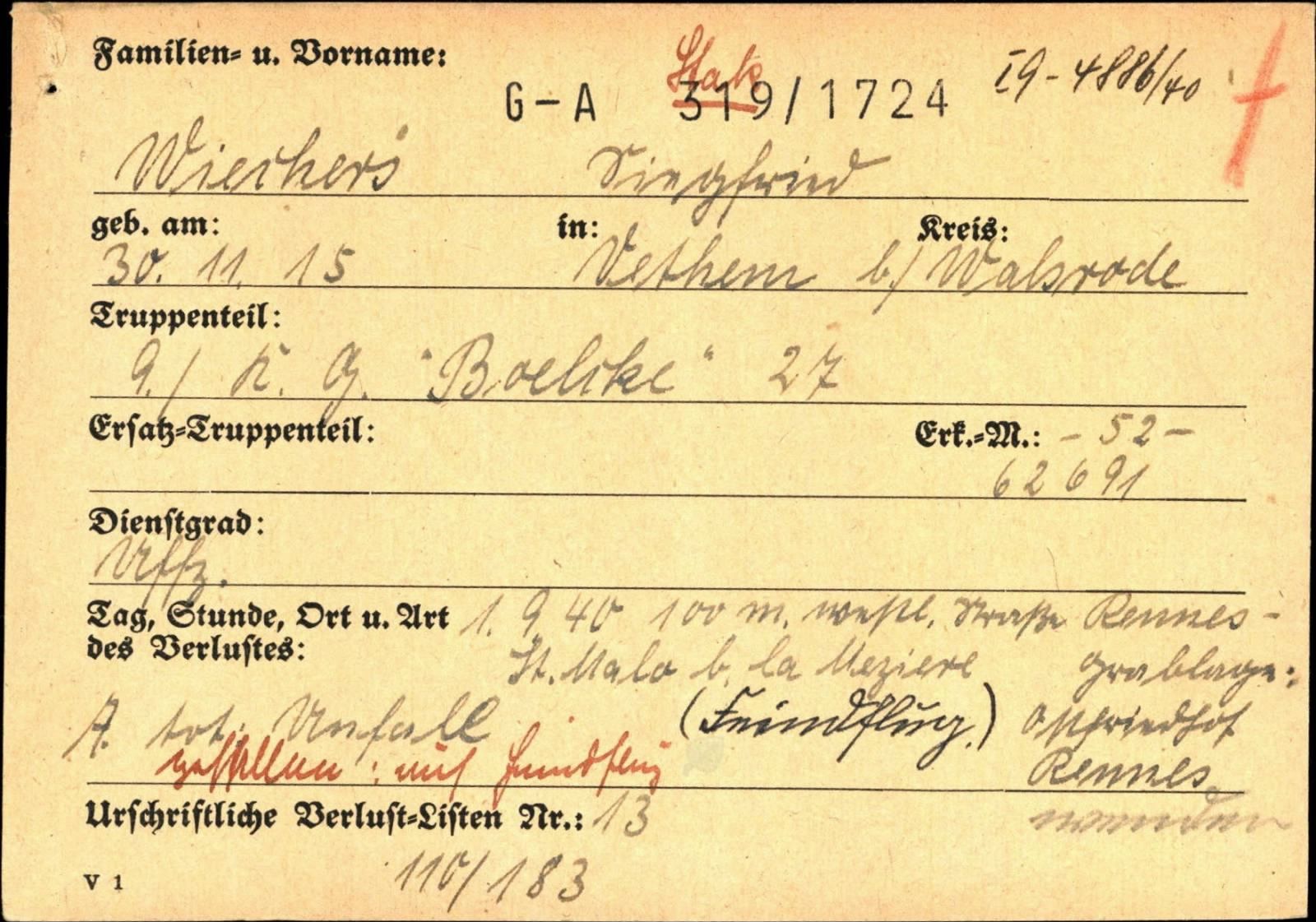
Death certificate of de Siegfried Wiechers (n°G-A 319/1724).
Source document Fold3 "Germany, Military Killed in Action 1939-1948" - origine Bundearchiv
Sources :
- Boelcke-Archiv. band II & Band III. Walter Waiss, Weißdornweg 20a, D-41468 Neuss.
The first book in the series is missing. You can contact at walterwaiss@t-online.de
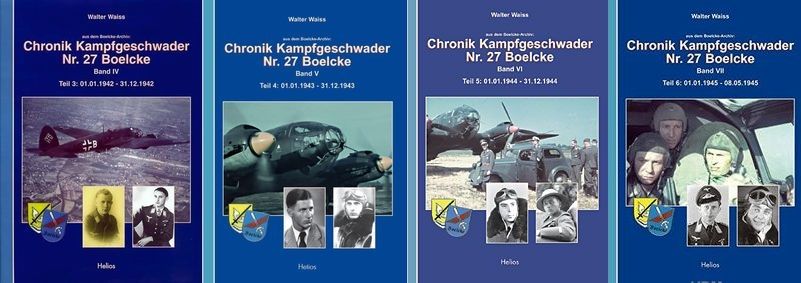
- Gräbernachweis des Volksbundes Deutsche Kriegsgräberfürsorge e.V.
- " Résistance et aviateurs américains, Nord de l’Ille-et-Vilaine 1944 " - Guy Castel and Pierre Mahé, Collection ABSA 39-45 - 2024, ISBN 978-2-9525482-3-6.
You can contact Benoit Paquet (ABSA 39-45) à b.paquet@orange.fr
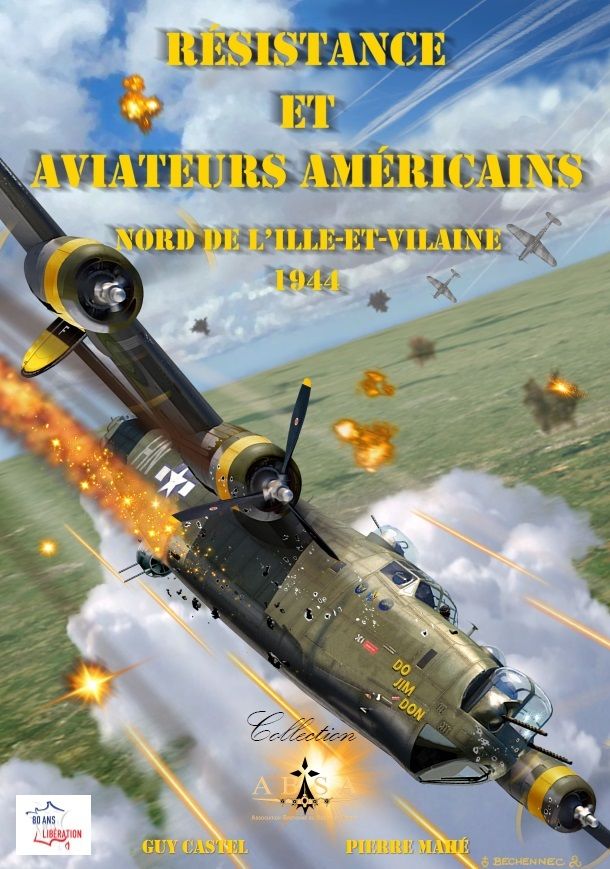
Ajouter un commentaire